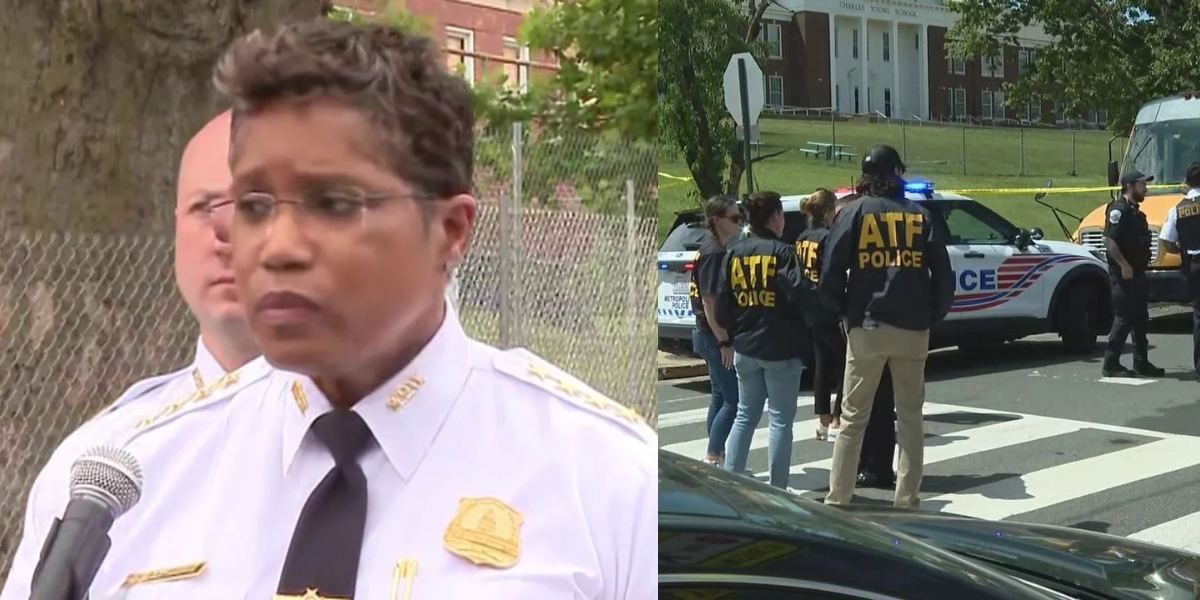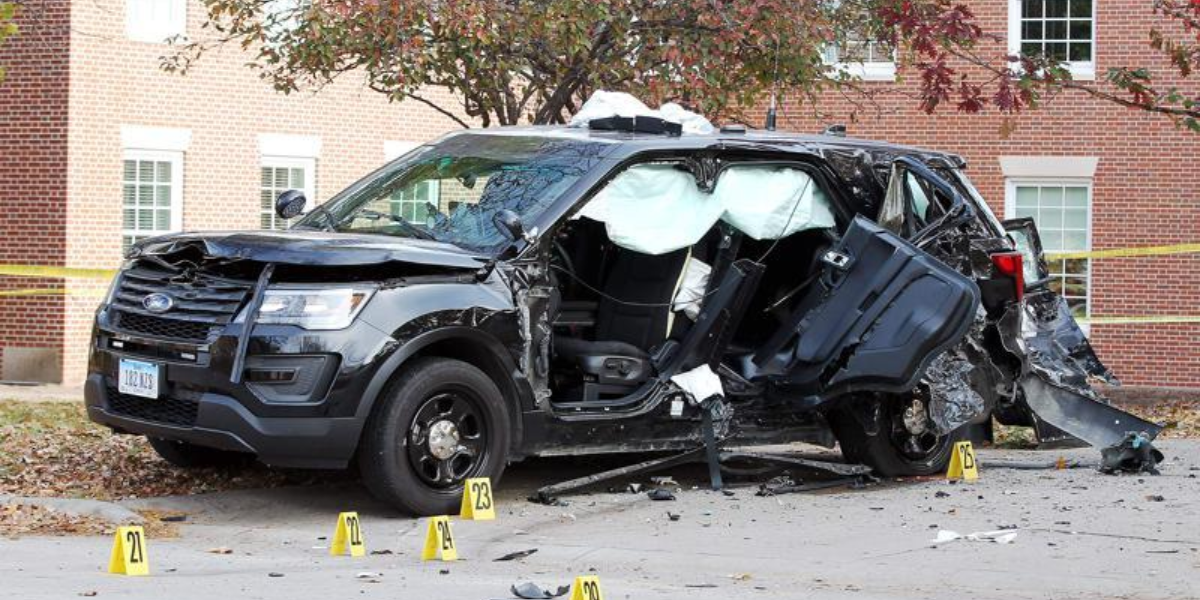In the heart of Harlem —
A neighborhood long celebrated as a cradle of Black culture, music, and political resistance — a disturbing contradiction once defined one of its most well-known nightclubs: Black entertainers were welcomed on stage, but Black customers were turned away at the door.
During the height of the Harlem Renaissance and well into the mid-20th century, certain clubs, including the infamous Cotton Club, enforced a racially segregated policy that allowed white patrons to dine, drink, and dance while Black performers were limited to the stage — never the seats.
The Cotton Club, which opened in 1923 on 142nd Street and Lenox Avenue, became an iconic venue that hosted legendary artists such as Duke Ellington, Cab Calloway, Ethel Waters, and Lena Horne.
These performers brought the house down night after night, captivating white audiences with their talent and charisma. Yet despite being the stars of the show, these same artists — and other Black individuals — were not permitted to sit in the audience, let alone gain admission as guests.
The Business of Segregation
The club’s policy reflected a broader pattern of racial segregation that extended beyond Harlem. While Harlem was a predominantly Black neighborhood, white club owners saw economic opportunity in exploiting Black talent for the entertainment of white elites who flocked uptown for a taste of “exotic” Black culture — sanitized and controlled for their consumption.
Dress codes, security enforcement, and even physical layouts of clubs were carefully designed to maintain racial boundaries. Some venues used coded language to discourage Black patrons, while others openly declared “whites only” policies — a glaring contradiction in a district known globally for its contributions to African American culture.
The Toll on the Community
These exclusionary practices created deep divisions and lasting scars within Harlem. For Black residents and artists alike, the message was clear: their labor, art, and genius were valuable — but their presence was not. This double standard wasn’t just a cultural insult; it reinforced economic disparities, as Black-owned clubs struggled for survival while white-owned venues profited from the very culture they marginalized.
Yet Harlem pushed back. Over time, Black-owned nightclubs, theaters, and cabarets began to emerge, offering spaces where Black performers and patrons could gather without facing discrimination. Institutions like the Savoy Ballroom and Small’s Paradise became essential hubs for Black culture, not just because of the music, but because they treated Black customers with dignity.
A Legacy We Still Reckon With
Today, the story of Harlem’s segregated clubs remains a powerful reminder of the contradictions woven into America’s cultural history, where Black art was often celebrated even as Black lives were diminished.
While many of these discriminatory venues have since closed, the double standard they embodied continues to echo in debates over representation, ownership, and access in entertainment and beyond.
Harlem’s legacy is one of both brilliance and resistance. The era of “no Black patrons” may be over, but its lessons — about who is allowed to profit, participate, and belong — are as urgent now as they were then.




